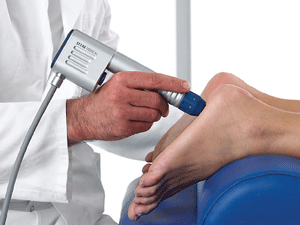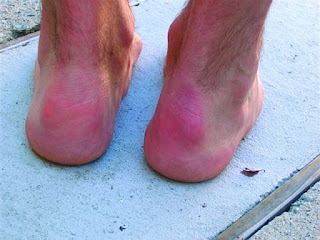Toenail Fungus
Toenail Fungus Fungal nail infection is a fungus growing in and around your fingernail or toenail. Causes Fungi can live on the dead tissues of the hair, nails, and outer skin layers. You can get fungal infections anywhere on your body. Nails, scalp, jock itch, athletes foot. Fungal nail infections often start after a fungal infection on the feet. They occur more often in toenails than in fingernails. And they are most often seen in adults as they age. You are at higher risk of getting a fungal nail infection if you: Have minor skin or nail injuries Have a deformed nail or nail disease Have moist skin for a long time Have immune system problems Wear footwear that does not allow air to reach your feet Symptoms Symptoms include nail changes on one or more nails (usually toenails), such as: Brittleness Change in nail shape Crumbling of the outside edges of the nail Debris trapped under the nail Loosening or lifting up










